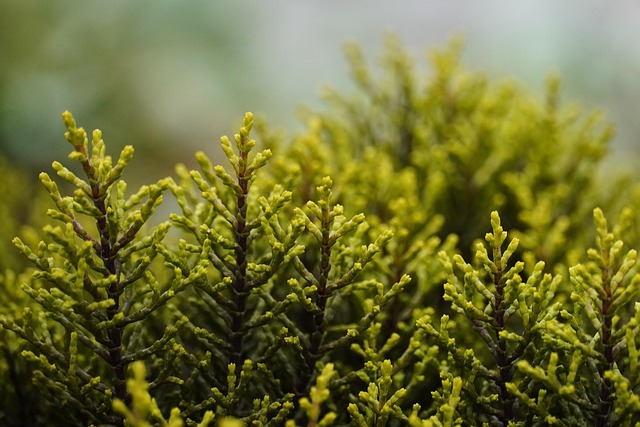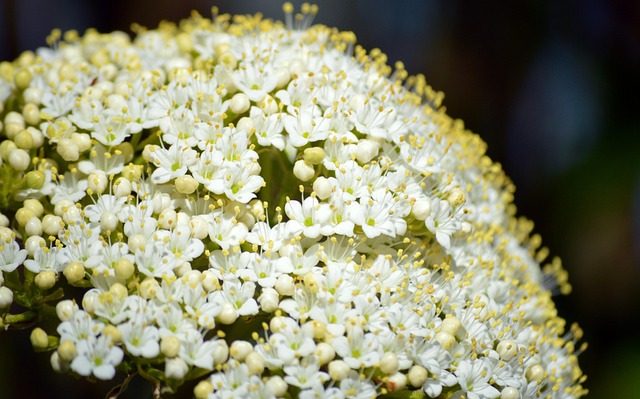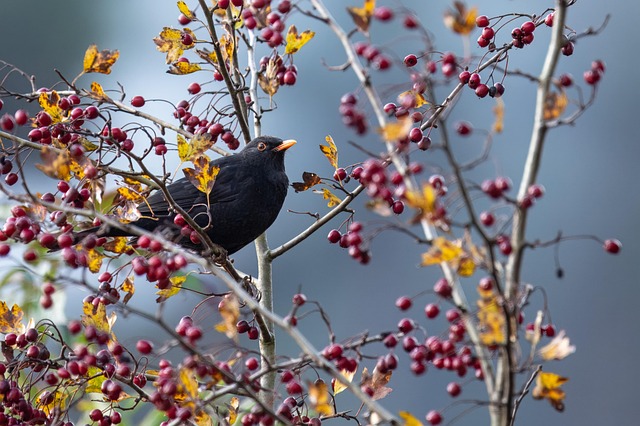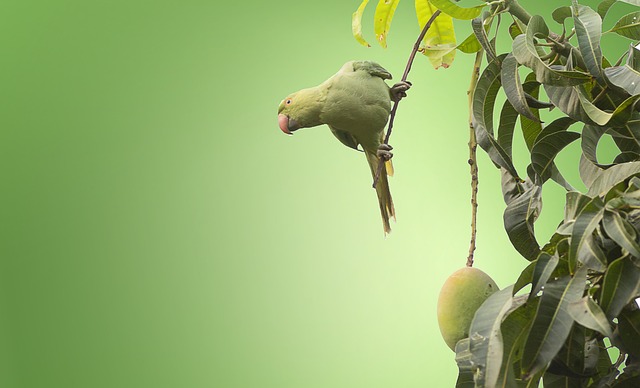Seasonal tree pruning is crucial for maintaining tree health and aesthetic appeal. Timing cuts according to a tree's growth cycle promotes healing and robust development. Using proper tools like secateurs and loppers ensures accurate, minimally damaging cuts. Mistakes like improper timing or over-pruning can harm trees; different species require specific care schedules. Seasonal pruning focuses on maintaining health, enhancing aesthetics, and minimizing branch removal for safety.
Pruning trees is an art that enhances their beauty and health. This comprehensive guide delves into the intricacies of seasonal tree pruning, highlighting its significance for maintaining and improving a tree’s aesthetic appeal. We explore the optimal timing, essential tools, and strategic branch removal techniques. Learn how to transform your landscape by fostering balanced growth and creating a stunning visual tapestry through careful pruning practices. Discover common mistakes to avoid, ensuring your trees thrive year-round.
- Understanding Seasonal Tree Pruning: When and Why It Matters
- Tools and Equipment: What You Need for Accurate Pruning
- Identifying Branches to Remove for Aesthetic Purposes
- Techniques for Careful Pruning: Step-by-Step Guide
- Common Mistakes to Avoid During Seasonal Tree Maintenance
Understanding Seasonal Tree Pruning: When and Why It Matters

Tools and Equipment: What You Need for Accurate Pruning

Pruning is an art that requires the right tools to achieve precise, aesthetic results, especially when it comes to seasonal tree pruning. The first step in ensuring accurate cuts is investing in high-quality equipment. Secateurs, also known as hand pruners, are essential for smaller branches and allow for precise control, making them ideal for shaping and maintaining the overall health of trees. For larger branches, loppers become indispensable. These tools provide the necessary leverage to cut through thicker limbs while minimizing strain on the pruner.
Consider also having a selection of pruning saws for more extensive cuts. These tools come in various types, from hand-held to long-handled, each designed for specific tasks. Proper equipment ensures cleaner cuts, reduces damage to the tree, and makes the entire process more efficient. Additionally, wearing protective gear, such as gloves and safety goggles, is crucial for any pruning task to safeguard against sharp branches and debris.
Identifying Branches to Remove for Aesthetic Purposes

Techniques for Careful Pruning: Step-by-Step Guide

Techniques for Careful Pruning: Step-by-Step Guide
Careful pruning is an art that involves meticulous techniques to enhance the aesthetic appeal and overall health of trees. The timing, tools, and methods are crucial, especially when considering seasonal tree pruning. First, assess the tree’s needs based on its species and the current season. Different trees have specific growth cycles, so understanding these patterns helps in determining the best time for pruning. For instance, late winter or early spring is ideal for most deciduous trees as it allows them to heal before new growth begins.
Next, gather the right tools: sharp, clean shears for smaller branches and a saw for thicker limbs. Ensure your tools are well-maintained to make clean cuts, minimizing damage to the tree. Start by removing dead or diseased branches, cutting back to healthy wood. Then, selectively thin out crowded areas to improve air circulation and sunlight penetration. Finally, shape the tree’s canopy by shortening lateral branches, creating a balanced and pleasing silhouette. Regular, seasonal tree pruning not only enhances the tree’s beauty but also promotes its long-term health.
Common Mistakes to Avoid During Seasonal Tree Maintenance

Many homeowners attempt seasonal tree maintenance on their own, but common mistakes can lead to damaged trees and unsightly landscapes. One of the most frequent errors is pruning at the wrong time of year, as different species require distinct care schedules. For instance, late winter or early spring is ideal for many deciduous trees, while conifers should be pruned in late summer or early fall. Pruning during active growth can stress the tree and leave it vulnerable to diseases.
Another mistake is over-pruning, which involves removing a significant portion of the tree’s branches. While some thinning is necessary to promote air circulation, drastic cuts can disrupt the tree’s natural shape and structure. Additionally, using incorrect tools or saws can cause damage, leading to entry points for pests and diseases. Remember, seasonal tree pruning should focus on maintaining health, enhancing aesthetics, and ensuring safety without excessive removal.
Seasonal tree pruning is an art that enhances a tree’s natural beauty and health. By understanding the optimal timing, gathering the right tools, and applying careful techniques, you can transform your landscape. This guide has equipped you with the knowledge to identify and remove branches for aesthetic purposes while avoiding common mistakes. Embrace the practice of precise pruning to foster the growth of vibrant, well-structured trees that contribute positively to your environment.
